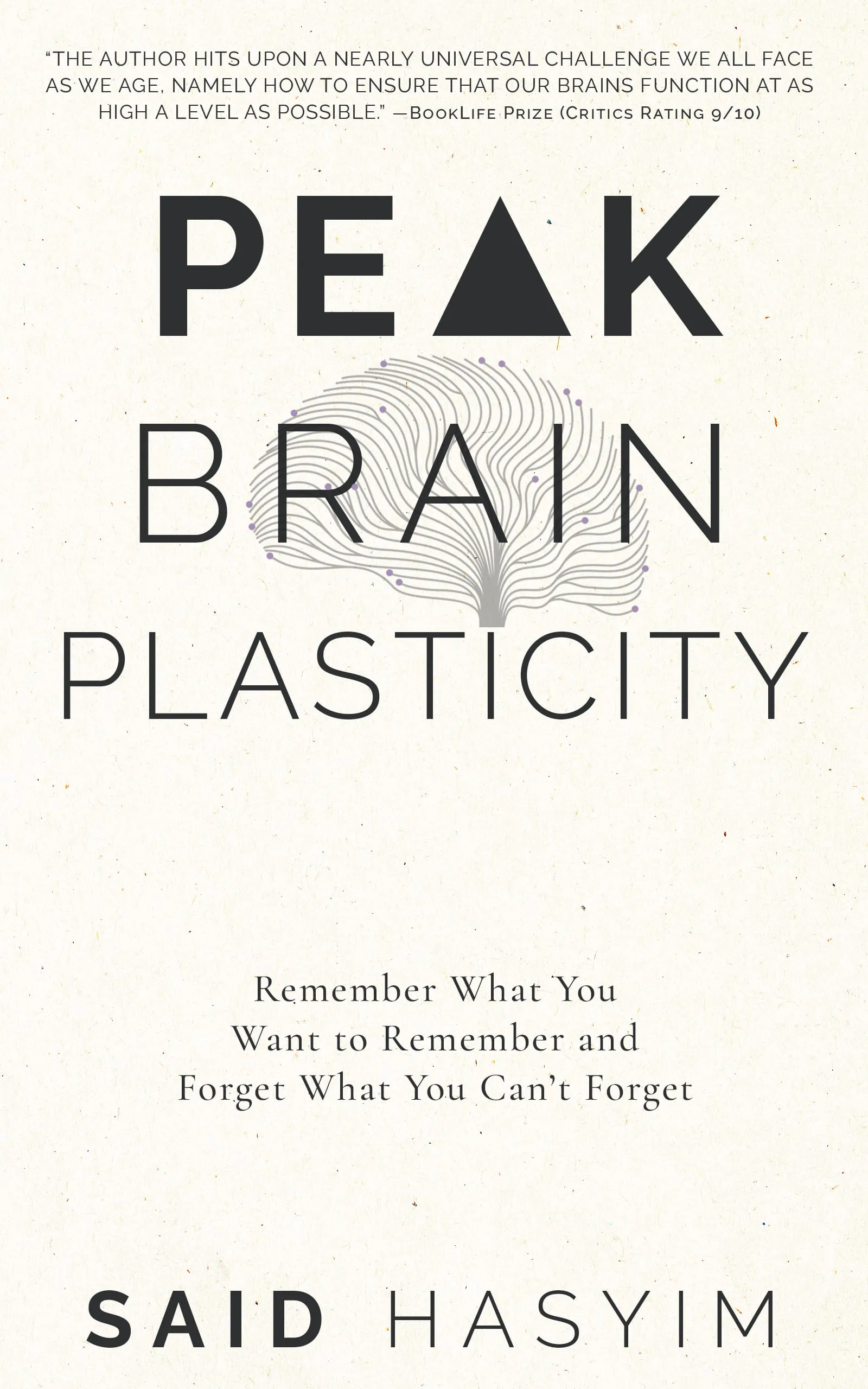Memory and Emotion: Linking Brain Plasticity and Feelings
Memory and emotion are intricately linked, forming a complex interplay that shapes our experiences and personalities. Understanding the connection between these two critical facets of human cognition and behavior has sparked interest among neuroscientists and psychologists alike. One of the most fascinating aspects of this relationship is neuroplasticity—the brain's ability to reorganize itself and form new neural connections throughout life. In this blog post, we will explore how memory and emotion are interrelated, the role of brain plasticity, and the broader implications of this connection for mental health and well-being.
The Nature of Memory and Emotion
Understanding Memory
Memory is often defined as the brain's ability to encode, store, and retrieve information. It can be categorized into several types, including:
Short-term memory: This holds a limited amount of information for brief periods (typically seconds to minutes).
Long-term memory: This involves the storage of information for extended periods (from hours to a lifetime) and encompasses both explicit (declarative) and implicit (non-declarative) memory.
The process of forming and consolidating these types of memory is fundamentally a neural process, where synapses strengthen or weaken in response to experience.
The Role of Emotion
Emotion, on the other hand, refers to complex psychological and physiological responses to stimuli—shaped by cognitive appraisal and personal experiences. Emotions can influence our perceptions, decisions, and social interactions. They are often categorized into basic emotions such as joy, sadness, anger, fear, and surprise. Emotion not only affects how we react to various situations but also plays a pivotal role in how memories are formed and recalled.
The Interconnection Between Memory and Emotion
The relationship between memory and emotion is evident in everyday life. Have you ever found yourself reminiscing about a joyful birthday celebration or feeling a pang of sadness when thinking about a lost loved one? Such instances illustrate how emotionally charged events become deeply ingrained in our memories.
Emotional arousal enhances memory retention—a phenomenon extensively studied in psychology. Research shows that experiences accompanied by strong emotions are better remembered than neutral ones. This is largely due to the activation of the amygdala, a brain region that processes emotions and modulates memory consolidation.
Brain Plasticity: The Dynamic Nature of Our Minds
Neuroplasticity refers to the brain's remarkable ability to adapt and reorganize itself in response to learning, experience, and environmental changes. It occurs at various levels, from the cellular level (changes in synaptic strength) to large-scale brain network changes.
Types of Neuroplasticity
Functional plasticity: The brain's ability to shift functions from damaged areas to undamaged areas. This is particularly relevant in rehabilitation settings after brain injuries or strokes.
Structural plasticity: The actual physical changes in the brain's structure, which occur as a response to learning new information or recovering from experiences.
The Role of Neuroplasticity in Memory and Emotion
Neuroplasticity plays a critical role in how memories are formed and recalled. When we learn something new or have an emotional experience, our brains rewire themselves. These changes help encode memories and determine how they are stored and retrieved. Here are a few key points about this relationship:
Emotionally Charged Memories: As previously mentioned, emotionally significant experiences tend to create stronger and more durable memories. Neuroplastic changes in the brain's memory circuits enhance long-term retention of these memories.
Stress and Neuroplasticity: Chronic stress can negatively impact neuroplasticity, leading to difficulties in memory and emotional regulation. Elevated cortisol levels can impair the hippocampus, a key area for memory formation, thus affecting how we form and recall emotional memories.
Therapeutic Implications: Understanding the link between neuroplasticity, memory, and emotion has significant implications for mental health treatment. Therapeutic interventions such as cognitive-behavioral therapy (CBT) can facilitate positive neuroplastic changes, enabling individuals to reframe emotional responses and improve memory recall.
Implications for Mental Health and Well-Being
The intricate ties between memory, emotion, and brain plasticity shed light on various mental health conditions, including anxiety, depression, and post-traumatic stress disorder (PTSD). Addressing these interconnections can enhance treatment approaches and outcomes.
1. Anxiety and Memory
Anxiety often manifests as heightened emotional responses to perceived threats. Individuals with anxiety disorders may have difficulty recalling specific memories, and stressful experiences can lead to maladaptive memory patterns. Therapeutic interventions focusing on enhancing neuroplasticity can help individuals reshape negative memories and emotional responses.
2. Depression and Emotional Recall
Depression can distort emotional recollection, leading individuals to ruminate over negative experiences while struggling to recall positive memories. Increasing neuroplasticity through mindfulness practices, physical exercise, and social engagement can support emotional regulation and memory enhancement.
3. PTSD and Memory Reconsolidation
PTSD is characterized by intrusive memories of traumatic events. Therapeutic techniques that leverage memory reconsolidation, such as eye movement desensitization and reprocessing (EMDR), can facilitate the transformation of distressing memories into less emotionally charged ones, promoting healing.
Conclusion
The relationship between memory and emotion is complex and dynamic, influenced by the brain's remarkable ability to adapt through neuroplasticity. By studying and understanding these connections, researchers and mental health professionals can develop more effective treatments to support individuals in navigating their emotional landscapes and improving memory function.
As we continue to unravel the mysteries of the brain, it becomes increasingly clear that the interplay between memory, emotions, and plasticity is not merely an academic interest but a vital component of human experience. By fostering a greater understanding of this relationship, we can pave the way for innovative therapeutic approaches that enhance well-being and improve our quality of life.
Harness the Power of Neuroplasticity
Discover Peak Brain Plasticity, a practical book to harnessing neuroplasticity. Enhance your memory, learn new languages quickly, and alleviate anxiety with effective study methods. Uncover daily habits that impact cognitive health and explore techniques for accelerated learning and memory retention. Unlock your brain's potential for growth and transformation.
